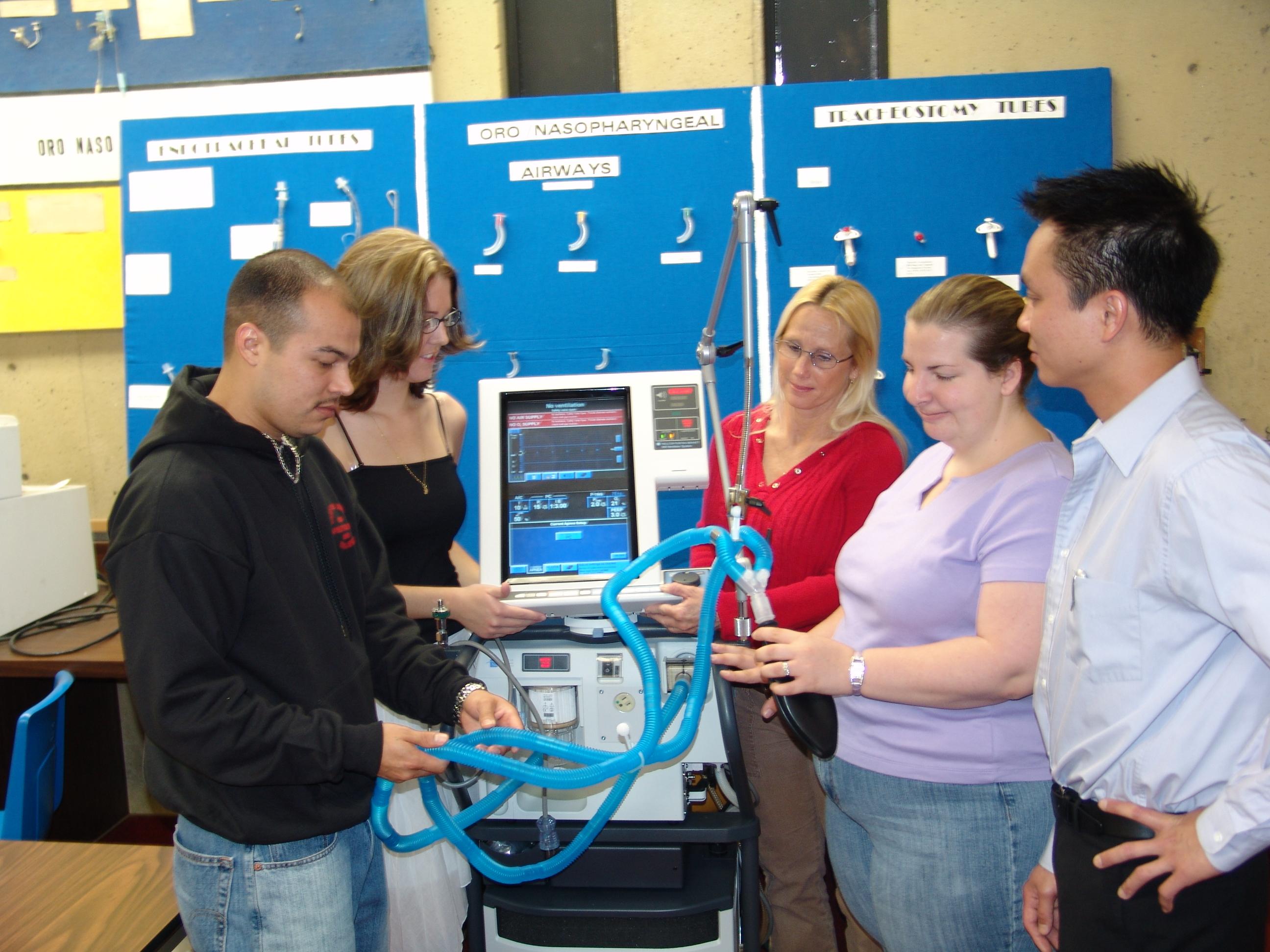Career Technical Education Credentials in Health at California Community Colleges Lead to Sizeable Wage Earnings
Publish Date: Dec. 2, 2016

SACRAMENTO, Calif. – Students who earn health credentials, including two-year degrees or certificates, from career technical education programs at California community colleges increase their earnings by an average of 50 percent, according to a report released today by the Public Policy Institute of California (PPIC). A full copy of the PPIC report can be found here: http://www.ppic.org/content/pubs/report/R_1216SBR.pdf
“Having a level playing field to create equity for all Californians is critical to our economy, and this report outlines just how valuable a California community college education can be for students and the state.” said Van Ton-Quinlivan, vice chancellor for Workforce and Economic Development. “Career technical education programs are a viable path to ensure job stability and social mobility within multiple industries.”
As the report details, wage returns do vary by the type of certificate offered. For example, a two-year degree in programs like registered nursing, dental hygiene and radiological technology offer wage returns about twice as high as other long-term certificates and nearly ten times as high as short-term certificates.
To develop more workforce opportunities and lift low-wage workers into living-wage jobs, California took a bold step in 2016 to create one million more middle-skilled workers. At the recommendation of the California Community College Board of Governors, Gov. Jerry Brown and the state Legislature approved the Strong Workforce Program, adding $200 million to spur career technical education at 113 community colleges.
The goals are to increase the number of students enrolled in programs leading to high-demand, high-wage jobs and improve program quality as evidenced by students completing or transferring programs, getting employed or improving their earnings.
Additionally, regional planning efforts are taking place statewide between education and workforce stakeholders across multiple funding streams mentioned in the PPIC report such as the Workforce Innovation and Opportunity Act, landmark federal legislation signed in 2014 which seeks to improve the nation’s workforce development system and job training programs.
The California Community Colleges is the largest system of higher education in the nation composed of 72 districts and 113 colleges serving 2.1 million students per year. Community colleges supply workforce training, basic skills education and prepare students for transfer to four-year institutions. The Chancellor’s Office provides leadership, advocacy and support under the direction of the Board of Governors of the California Community Colleges. For more information about the community colleges, please visit http://californiacommunitycolleges.cccco.edu/, https://www.facebook.com/CACommColleges, or https://twitter.com/CalCommColleges.



